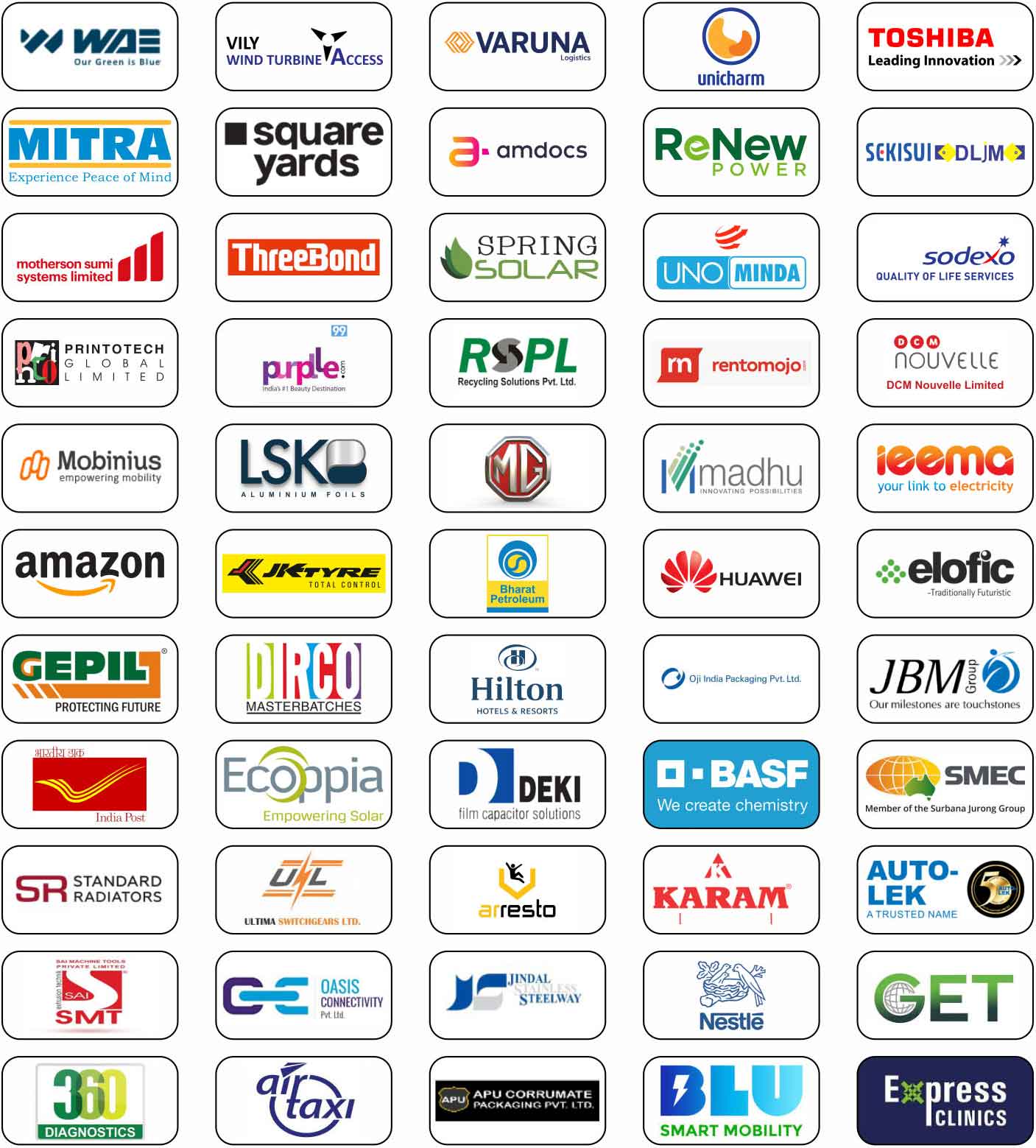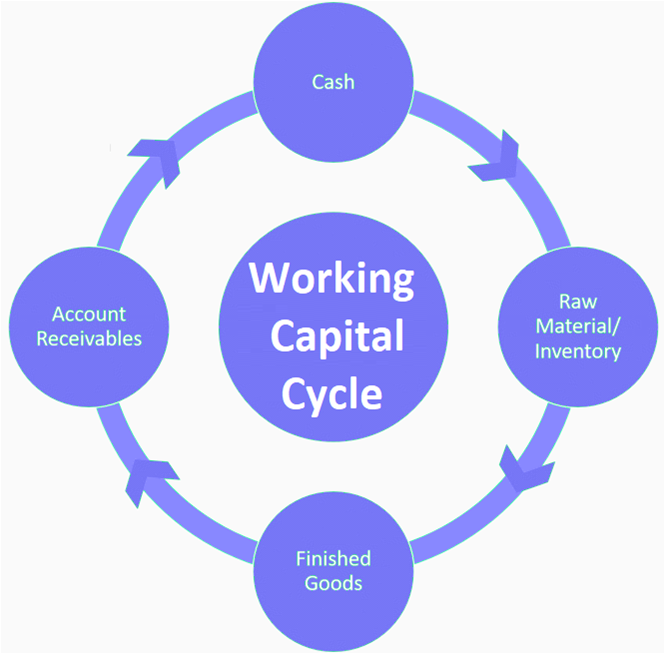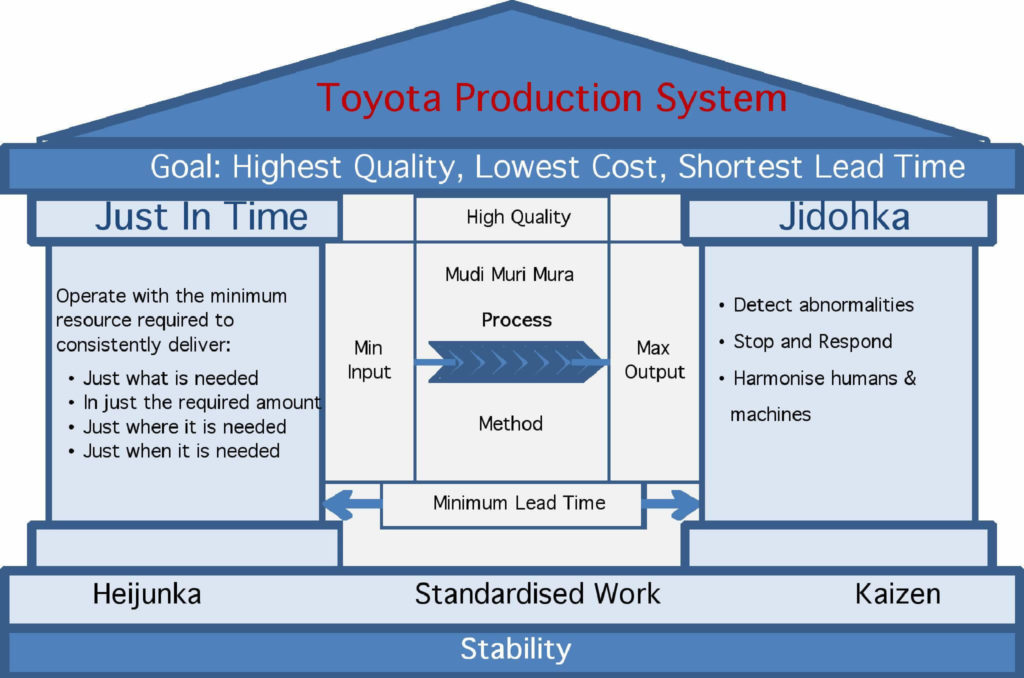Lean Management
What is Lean Thinking?
- Lean concept was developed by Taiichi Ohno (1912-1990) of Toyota Japan.
- Lean philosophy is based on the Toyota Production System (TPS), and other Japanese management practices.
- Replacing complexity with simplicity.
- Lean is a philosophy, a way of thinking, a process of continuous improvement.
- Focuses on eliminating waste (or Muda) , that is anything that adds cost, consumes resources without adding value from the customer’s perspective, according to research conducted more than 60% of production activities in a typical manufacturing operation are waste – they add no value at all for the customer.
- Lean is all about doing more with less time, less inventory, less space, less people & less money.
- Through elimination of waste, processes become efficient, lead time between customer order and delivery gets shortened.
Topics Covered: Lean Management
- Lean fundamentals and philosophy
- Lean thinking, tools & goals
- Value added and non value added activities
- Tools of lean
- Continuous improvement & PDCA
- 8 type of wastes
- Identification of 8 types of wastes.
- Cause of wastes
- Toyota production system
- Jidoka.
- Poka yoke.
- Andon.
- Kanban
- VSM.
- Push vs pull system.
- Muri,Mura & Muda.
- Heijunka.
- Cellular layout.
- SMED.
- JIT.
- Inventory management and control
- Quality management
- 5S (Organised work place)
- Visual controls.
- Kaizen
- Continuous improvement in SQDCME
Benefits of Implementation of Lean management:
- Forms a solid foundation upon which to build continuous improvement.
- Drive organization ahead by creating Continuous Improvement culture
- Safe work culture.
- Improved employee participation ,morale & involvement
- Employees gain a sense of ownership, involvement & responsibility.
- Good ergonomics, reduced employee fatigue.
- Ease to manage work place.
- Visual control improves work place management.
- Reduction in lead time (cycle time).
- Increase in productivity.
- Reduction in inventory.
- Improvement in quality, fewer defects and rework.
- Improved space utilization.
- Clean work place.
- Improved workplace organization.
- Greater gross margin & lower costs.
- Good relations with suppliers.
- Fewer machine and process breakdowns.
- Higher efficiencies, more output per man hour.
- Greater customer satisfaction.
- Greater flexibility –ability to handle more product variety
- Integrated supply chain
- Simplified & stable scheduling and control activities
- Elimination of wastes.
- Smooth flow of process.
- Greater gross margin & lower costs
- Good relations with suppliers
- Increase branding to customers.
our partner







